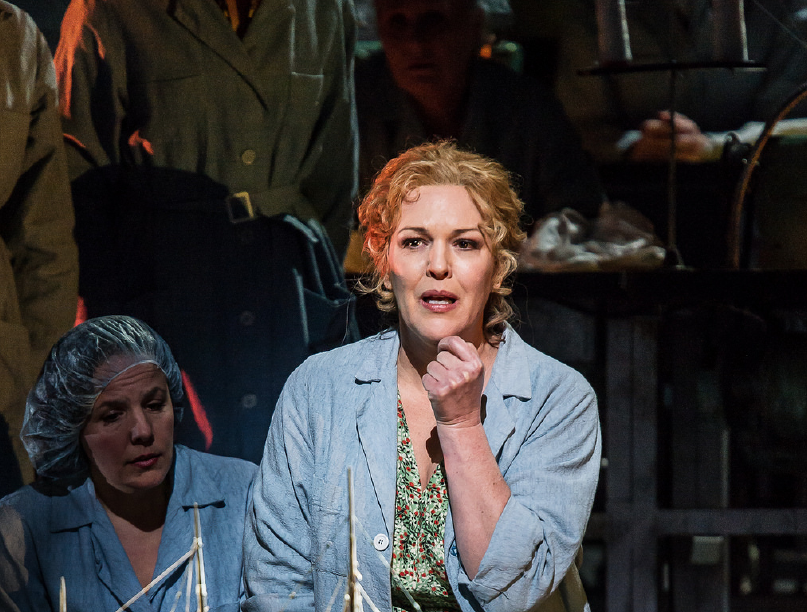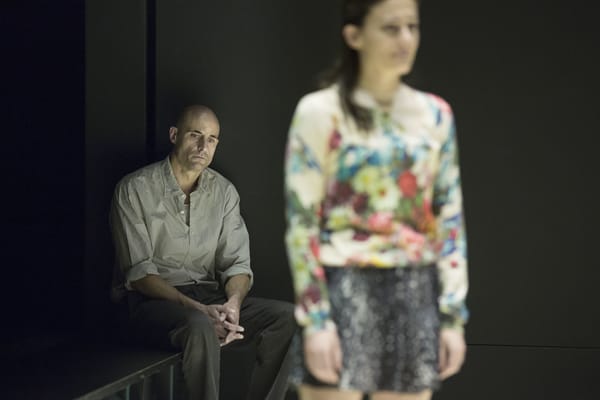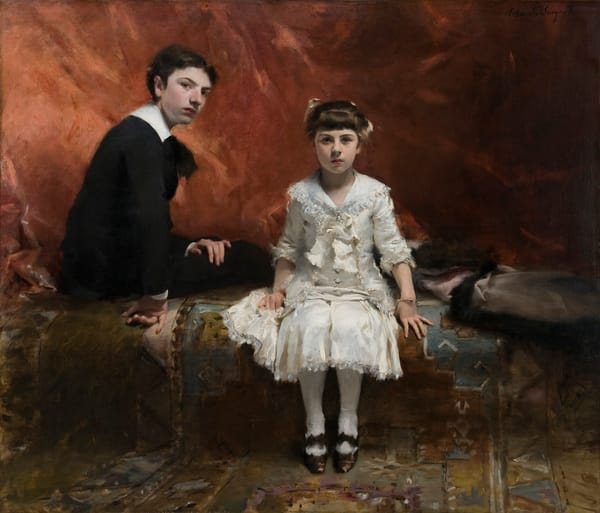A journey into the sea’s depths
Jingjie Cheng takes to the ocean in the ROH’s opera

A strip of water runs across the stage, which itself slopes upstage, with vague impressions of a ship’s windows in the distance. Daland’s crew shuffles around, clearing up after a storm as Daland announces that they will be heading home soon, and Senta, his daughter, will be waiting for him. This opening scene heralds the well-known tale of the Dutchman, who is bound to sail the seas for eternity unless a maiden swears to be true to him; Senta, deeply moved by his fate, swears to follow him unto death.
This is a stormy story of love and obsession, fate and tragedy, and Tim Albery’s second revival of Wagner’s masterpiece fleshes it all out. Running at two and a half hours with no interval, the production doesn’t let up. However, I did not notice the time, captivated as I was by Andris Nelsons’ conducting of the beautiful music, that rises and falls like waves at sea.
Adrianne Pieczonka’s Senta was magnificent, with a rounded, strong voice that carried both the girl’s devotion and desperation to escape. Having seen many favourable reviews of Bryn Terfel’s Dutchman, I had been looking forward to seeing him live but unfortunately, the Welsh bass-baritone was down with a cold on the night I went and was replaced by Egils Silins who debuted with the Royal Opera House as the Dutchman in 2011. Given that he apparently flew over to London at short notice, his delivery was impressively smooth.
From the beginning, right through to the last charged confrontation between the Dutchman and Senta, the set is sensitive and mature – some ropes here, a bridge there, a ladder in the corner – always sketching a scene without being too literal. That, and the masterful lighting were greatly helpful in fleshing out the passions and the Dutchman’s dark struggle against his fate. For Silins’ Dutchman, the desperation is clear, but it is a measured desperation laced with resignation to his fate.
A delightfully energetic chorus also supported the production; the factory scene where the women’s chorus sang in response to Senta’s obsession with the ballad of the Dutchman was a visual treat, while one of the most gripping scenes was the exchange between the crew of the ghost ship and Daland’s own crew. Daland’s raucous, cheerful crew tried to be friendly with the dark, brooding ghost crew, and what ensued was an impressive coordinated choreography with strong singing, highlighting the ghost crew’s anguish, as if the Dutchman’s tragedy had a physical manifestation in his crew.
The last scene was somewhat perplexing, however, with Senta clutching a model ship and careering across the stage, sobbing. In the original story, she throws herself into the sea after the Dutchman as he sails away, thinking he was sparing her a terrible fate. That is the final act of devotion and her word was proven true; the Dutchman is thus released from his curse and the two ascend into the sky. Such a conclusion is the only suitably dramatic end to such a story, where despair is redeemed by a final act of devotion. A hapless and miserable Senta mourning her love at a model ship just does not quite cut it.
At times brooding, at times light-hearted and at times heart-wrenching, the Royal Opera House’s Der Fliegende Höllander is an epic journey across both rough and calm seas, with passionate voices drifting in the wind, carried along by majestic orchestral music.
Der Fliegende Holländer was on at the Royal Opera House 5th - 24th February








